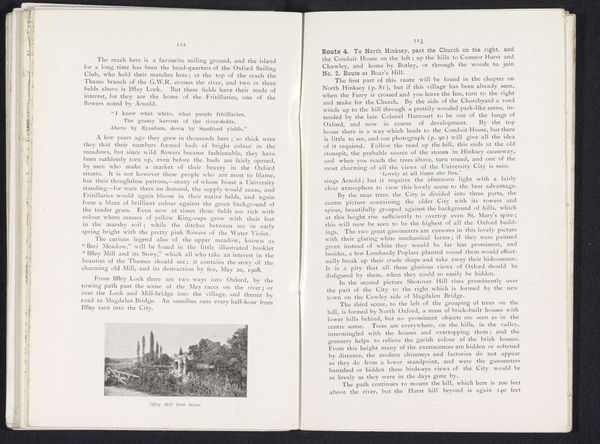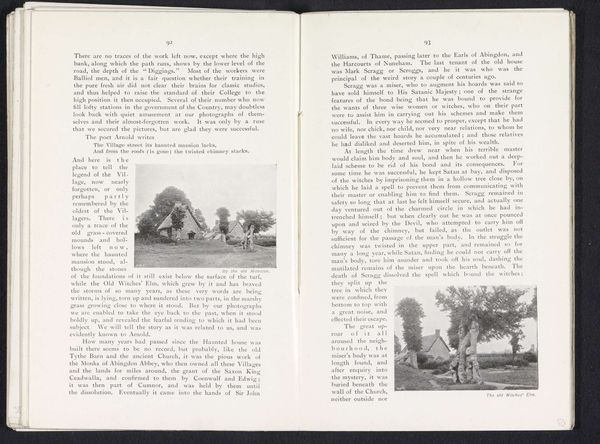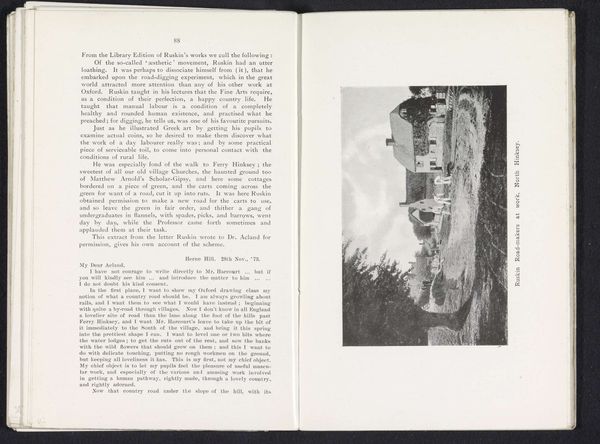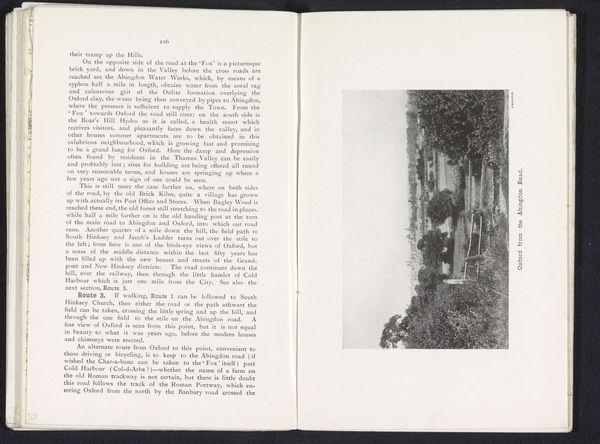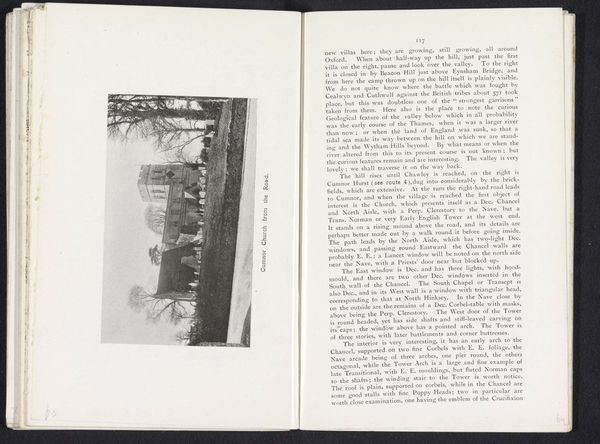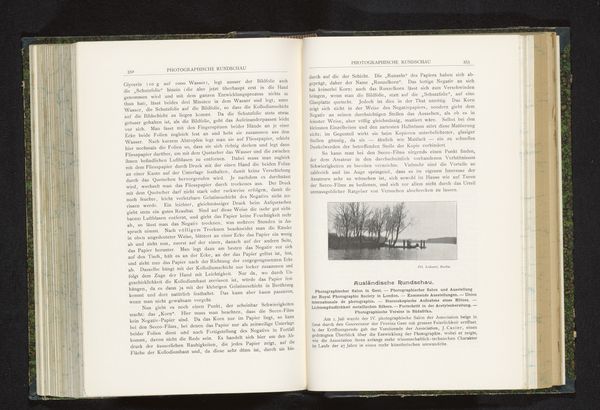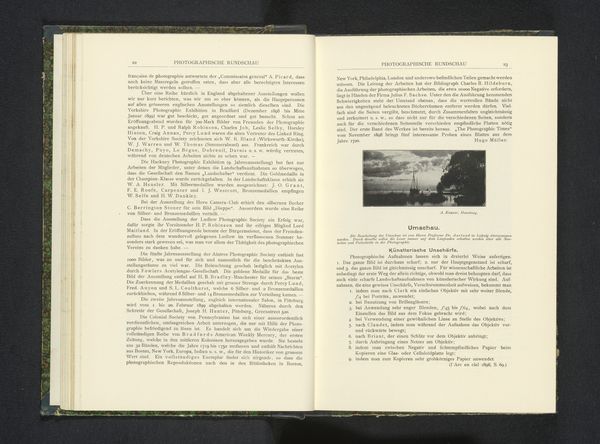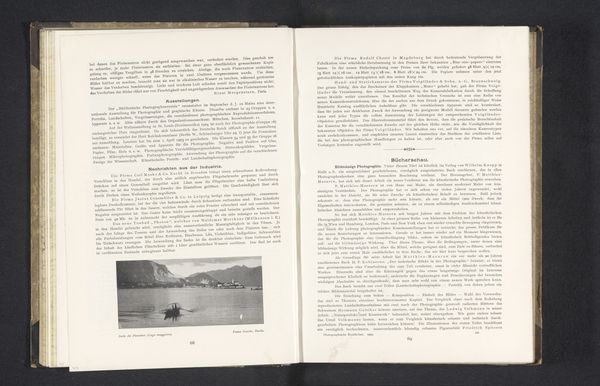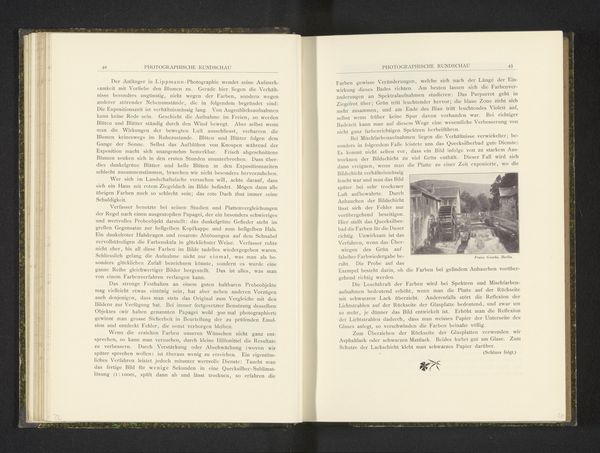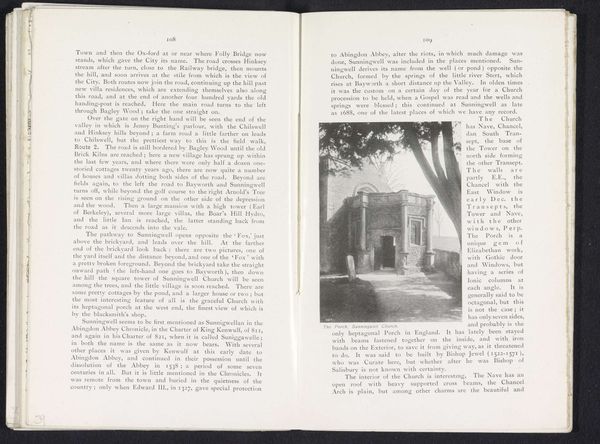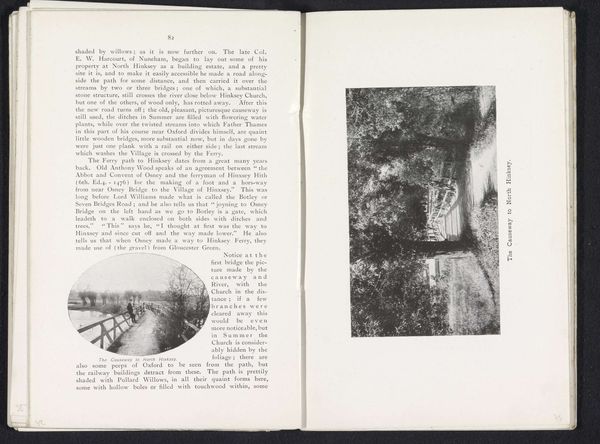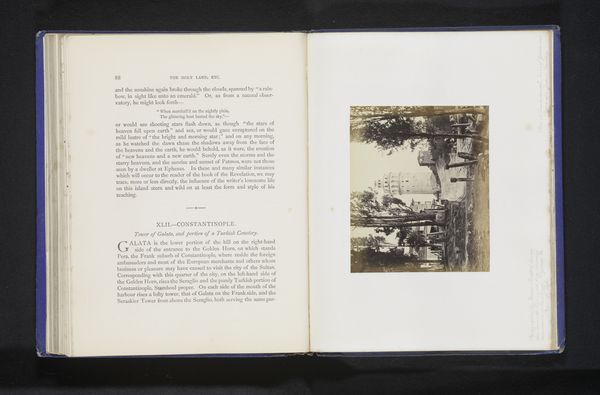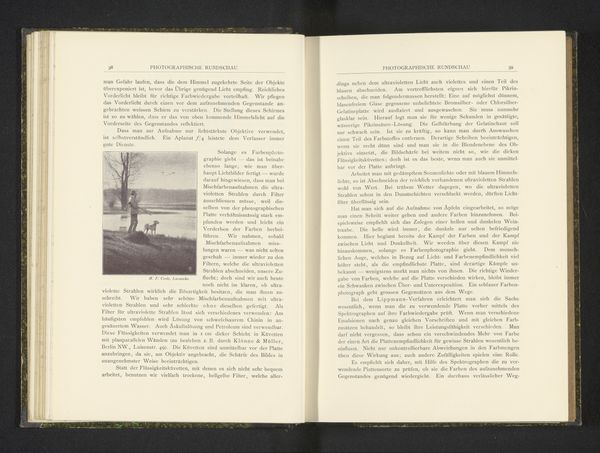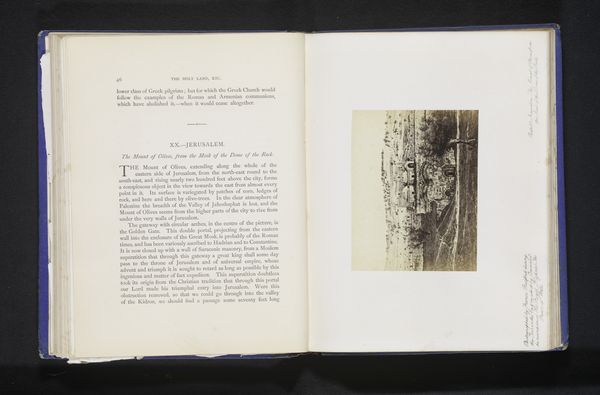
photography
#
script typeface
#
script typography
#
hand-lettering
#
pictorialism
#
editorial typography
#
hand drawn type
#
landscape
#
hand lettering
#
photography
#
hand-drawn typeface
#
stylized text
#
thick font
#
handwritten font
Dimensions: height 80 mm, width 133 mm
Copyright: Rijks Museum: Open Domain
Curator: Editor: This photograph is titled "Jenny Bunting's Parlour," and was taken before 1912 by Henry W. Taunt. It's a small black and white image, a landscape it seems, with the title handwritten underneath. It feels very melancholic, like a scene from a ghost story. How do you interpret this work, considering its time and subject? Curator: It's more than just a pretty picture. The handwritten title "Jenny Bunting's Parlour" situates it within a specific cultural context, one that whispers of folklore and local histories. "Jenny Bunting" evokes ideas about marginalized women. Is this depiction of the landscape itself a commentary on social space, a claim to visibility? Think about whose stories are often left out of the dominant narratives, and how photography, even then, could be a tool for reclaiming those narratives. Who gets to claim space, and how is that power expressed? Editor: That's interesting. I hadn't considered the name as significant beyond just being a location. So you're saying it's less about the place itself, and more about what "Jenny Bunting" represents within that community? Curator: Precisely. The parlor becomes a site of potential resistance, a space connected to a woman who, according to the text on the opposing page, may have been accused of being a witch, a wisewoman or simply existing outside of societal norms. How does photography here lend credence or challenge prevailing gender norms or social hierarchies? Editor: I see it now. The image and text combined invite us to contemplate the narratives surrounding this place, maybe questioning the historical treatment of women and their roles in shaping landscapes, both physical and social. Curator: Yes! And it's important to reflect how the story resonates even now. How are we today participating in making space for marginalized people to shape dominant culture and discourse? Editor: Wow, this photo sparked so many new connections in my brain! I thought it was just a simple landscape photo, but the context gives it a whole new layer of meaning. Curator: Exactly! Engaging with art is about unearthing these layers. Looking at gender, identity and power will make you rethink the world around you.
Comments
No comments
Be the first to comment and join the conversation on the ultimate creative platform.
